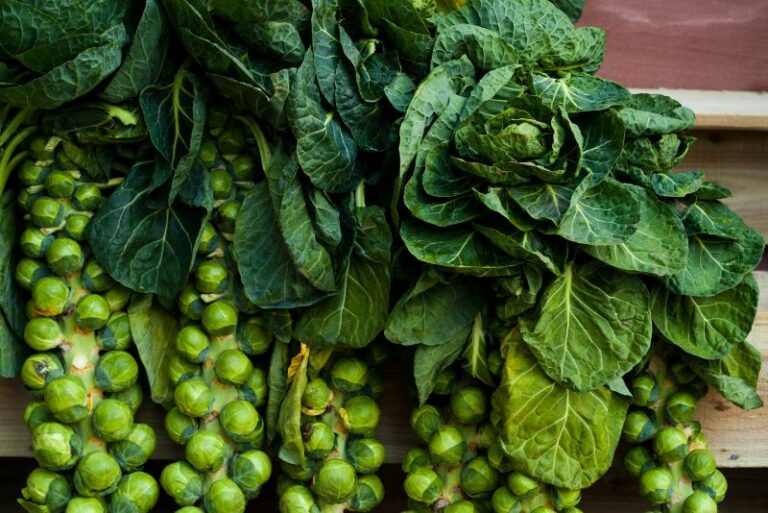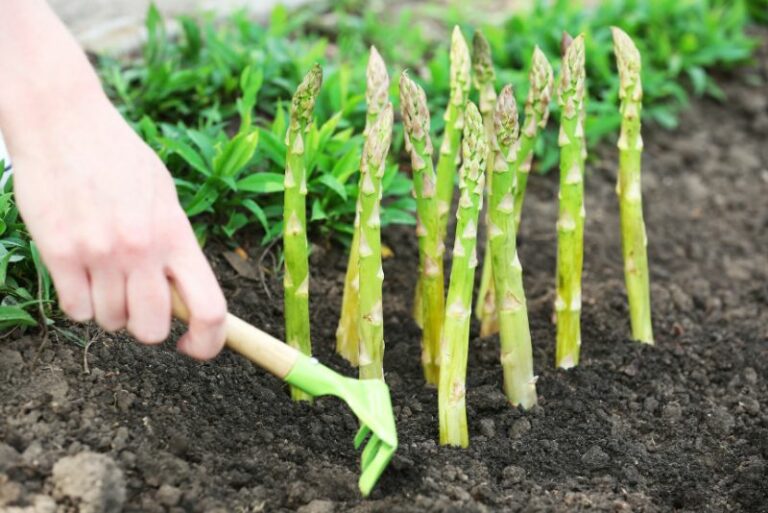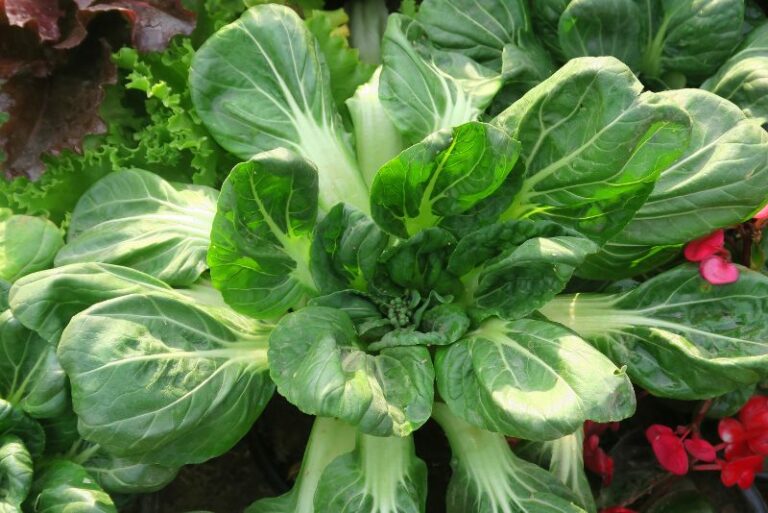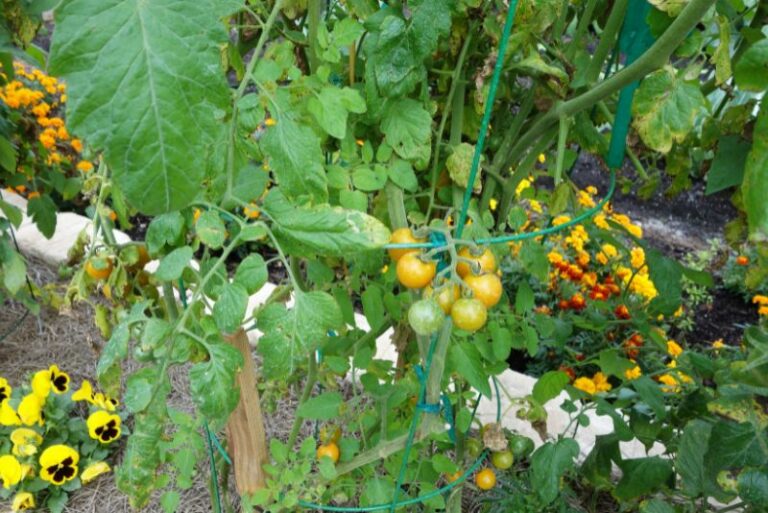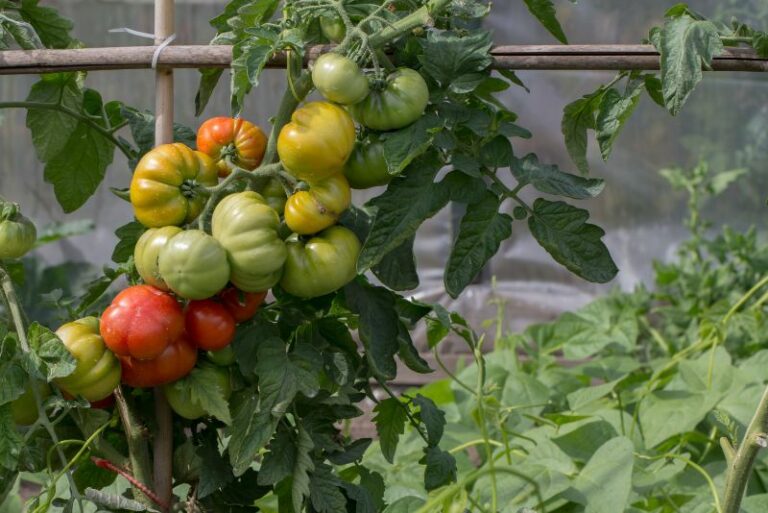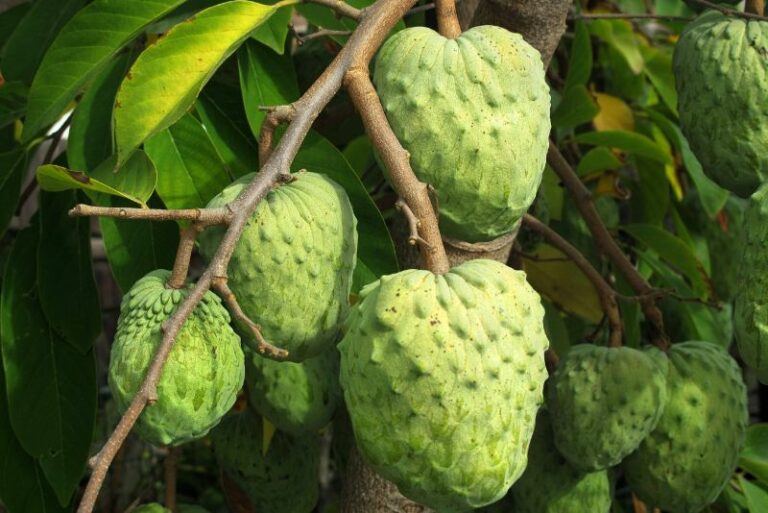Growing Watermelon: A Guide to Summer’s Bounty
Biting into a slice of juicy watermelon on a scorching summer day is one of life’s simple pleasures, but imagine the satisfaction of tasting the fruits of your own labor. Homegrown watermelons epitomize freshness, sweetness, and the essence of summer encapsulated in every fiber of their vibrant, pink flesh. This comprehensive guide is crafted for gardening enthusiasts, healthy lifestyle seekers, and food bloggers eager to cultivate their own batch of summer’s bounty. Whether you have a spacious backyard or just a sunny windowsill, you can immerse yourself in the rewarding process of growing watermelon.
The allure of cultivating watermelons is undeniable. Aside from enhancing your gardening skills, growing watermelons fosters a deeper appreciation for the food on your table. We’re witnessing a renaissance of interest in fresh, homegrown produce, with more people recognizing its role in health and well-being. By venturing into watermelon cultivation, you’re not only adding an emblem of summer to your garden but also taking strides towards promoting a healthy lifestyle.
Importance of Homegrown Produce
In an age where processed, fast foods are a staple, the simple act of nurturing and consuming homegrown produce can profoundly impact one’s health. Fresh fruits and vegetables are laden with essential vitamins, minerals, and phytonutrients, all of which contribute to a robust immune system and overall good health. Cultivating your watermelons without harmful chemicals ensures the purest form of nutrition for you and your family.
Getting Started with Watermelon Cultivation
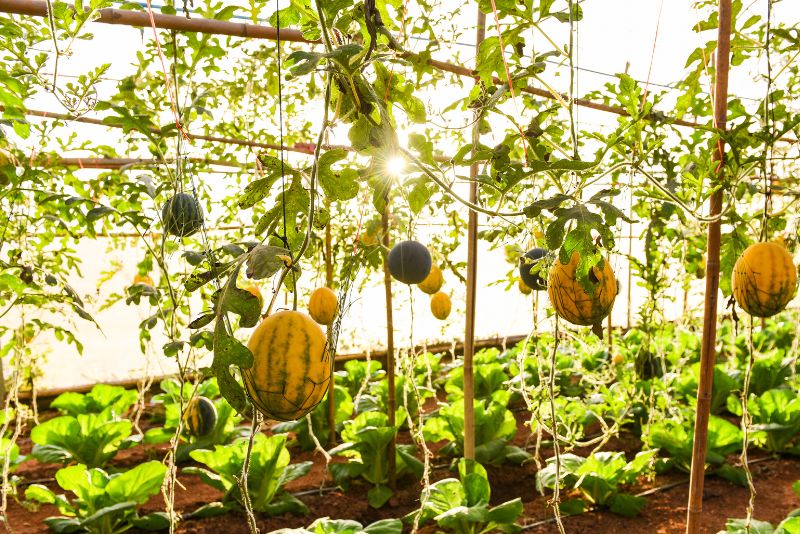
Before you plunge into planting, it’s crucial to make the right choices from the outset. Here’s where to begin.
Choosing the Right Watermelon Variety
There are numerous watermelon varieties, each with its size, flavor, and color profile. Consider the space you have available and the average growing season in your region. Some popular varieties include the Sugar Baby, known for smaller fruits, and the Crimson Sweet, a larger watermelon with a deep red flesh.
Soil Preparation and Planting Techniques
Watermelons thrive in well-draining, nutrient-rich soil. Start by breaking up the soil to a depth of at least 12 inches and incorporate compost or manure to improve fertility. To ensure the best growth, sow watermelon seeds or transplant seedlings into mounds, spacing them according to the variety’s recommended guidelines.
Watering and Maintenance Tips
Watermelon plants have specific water requirements, particularly during the flowering and fruit-setting stages. It’s essential to maintain moisture levels but avoid overwatering, which can lead to rot. Mulching around plants helps retain moisture and suppress weeds. Regular maintenance includes fertilizing per the plant’s needs and keeping an eye out for pests and diseases.
Nurturing Your Watermelon Crop
Your watermelon plants will need consistent care throughout their growth cycle to produce a bountiful crop.
Monitoring Growth Stages and Recognizing Issues
Watermelon plants progress through several stages, from germination to flowering to fruiting. Each phase requires different levels of care and attention. Familiarize yourself with common growth issues such as poor pollination, under or over-watering, and nutrient deficiencies, and take corrective action promptly.
Implementing Organic Pest Control Methods
A variety of pests, from aphids to cucumber beetles, can threaten your watermelon crop. Adopt natural strategies like introducing beneficial insects, using insecticidal soaps, and maintaining a diverse garden ecosystem to keep pests at bay.
Supporting Vine Growth and Fruit Development
Watermelon vines can grow several feet long and produce heavy fruit. Provide a sturdy support system, such as trellises or stakes, to keep the vines off the ground. This practice not only protects the fruits but also encourages better airflow, which can reduce disease incidence.
Harvesting and Enjoying the Fruits
Signs Indicating Watermelon Readiness for Harvest
The moment you’ve patiently waited for has arrived: it’s time to harvest and savor your homegrown watermelon.
A ripe watermelon will often have a dull sheen, a yellowed underside, and brown, dried tendrils near the stem. Additionally, gently tapping the fruit should produce a hollow sound. Do a little research specific to your chosen variety to know precisely when they’re ready for picking.
Proper Harvesting Techniques
Use sharp shears to cut the watermelon from the vine, leaving a few inches of stem attached. Be gentle and support the fruit to avoid damage. Allow the watermelon to rest in the shade for a few hours before consuming to reach an optimal, cool temperature.
Ideas for Incorporating Homegrown Watermelon into Recipes
From refreshing salads to invigorating smoothies, watermelon is a versatile ingredient. Consider blending it into cooling gazpachos, layering it in fruit trifles, or even pickling the rind for a culinary adventure. Your imagination is the only limit to how you can enjoy your harvest.
Benefits of Growing Your Own Watermelon
The advantages of growing your own watermelon extend far beyond the dinner table. Let’s explore the enriching benefits.
Nutritional Advantages of Homegrown Produce
Homegrown produce, including watermelons, often has higher nutrient content than store-bought options that may have been harvested early or traveled long distances. By growing your own, you’re maximizing the health benefits derived from fresh fruits and vegetables.
Environmental Sustainability
Cultivating watermelons at home promotes sustainability by reducing your carbon footprint. You’re not only cutting out the transportation emissions associated with store-bought produce but also practicing water-wise gardening techniques and fostering biodiversity in your garden.
Community-Building Opportunities
Watermelon crops are often generous, producing more than one family can consume. Consider sharing your harvest with neighbors, friends, or local food banks. Engaging in these acts of kindness fosters a sense of community and connects people over a shared love for fresh, homegrown food.
Conclusion
The process of growing watermelons is as much about the experience as it is about the result. Mindful cultivation, patience, and a little sweat create a deeper connection to your food and the earth. The satisfaction that comes from harvesting and enjoying your homegrown watermelon is immeasurable. I encourage you to take the leap and start your own watermelon patch. Whether you’re a seasoned gardener or just starting, the rewards are undeniably sweet.
By following this guide, you’ll be well on your way to a successful watermelon garden. With the right level of dedication and a touch of summer sunshine, you may just harvest your very own slice of paradise. Happy growing!

